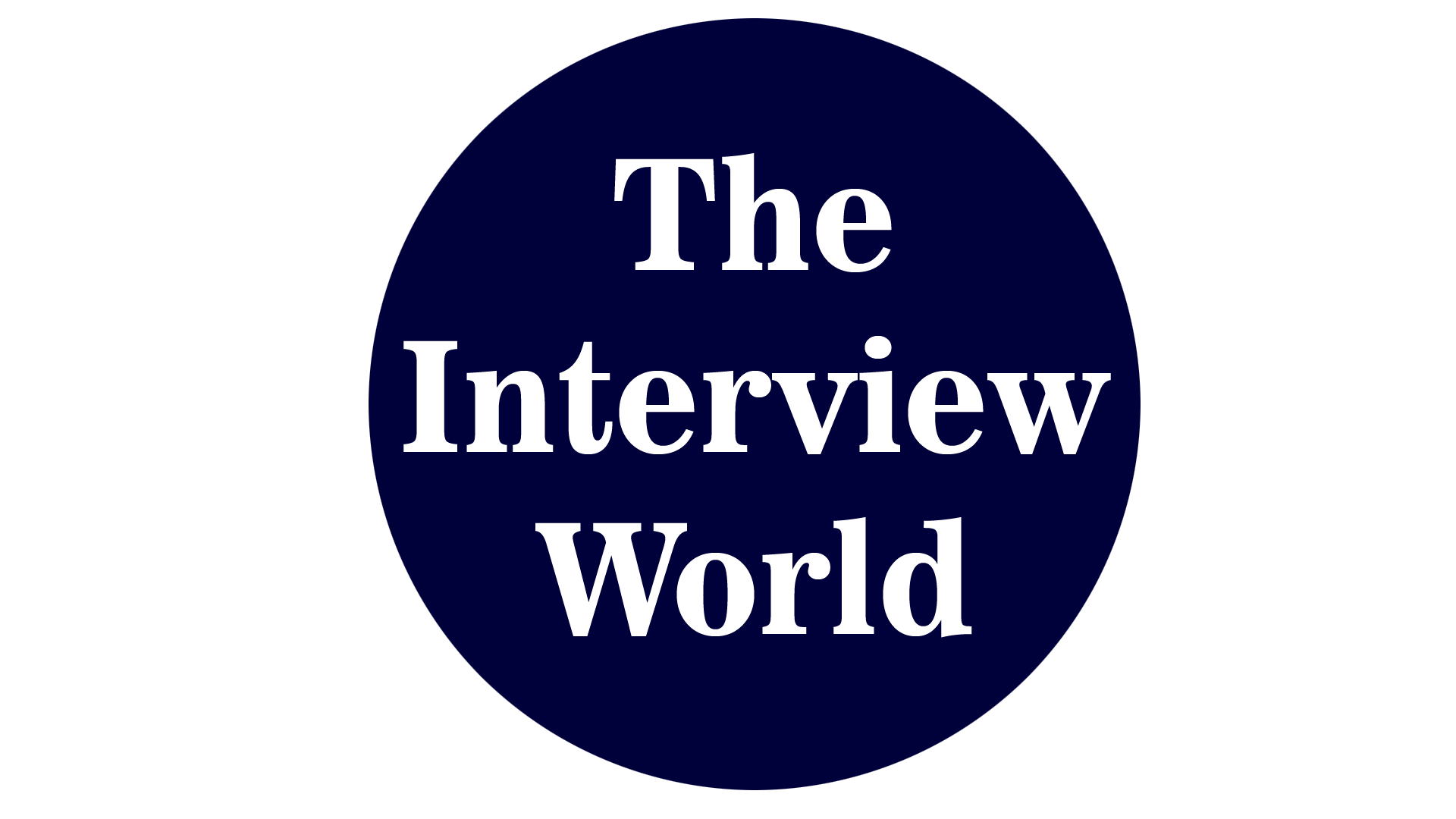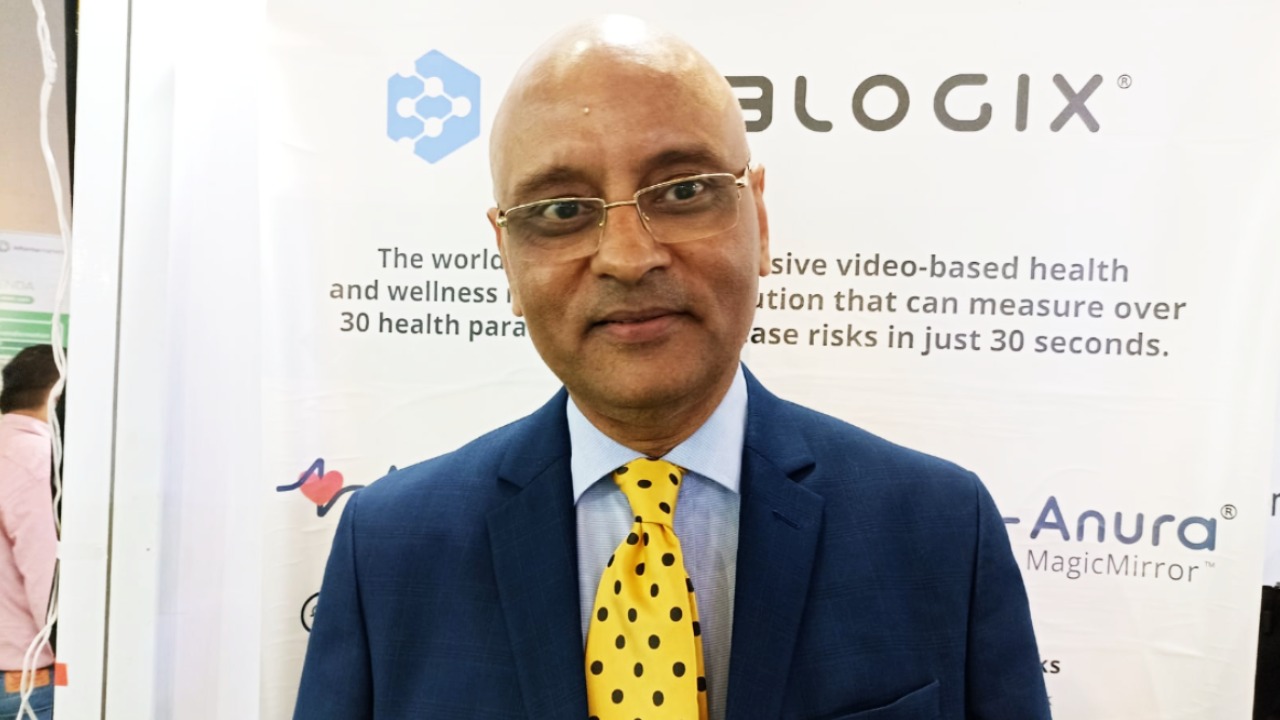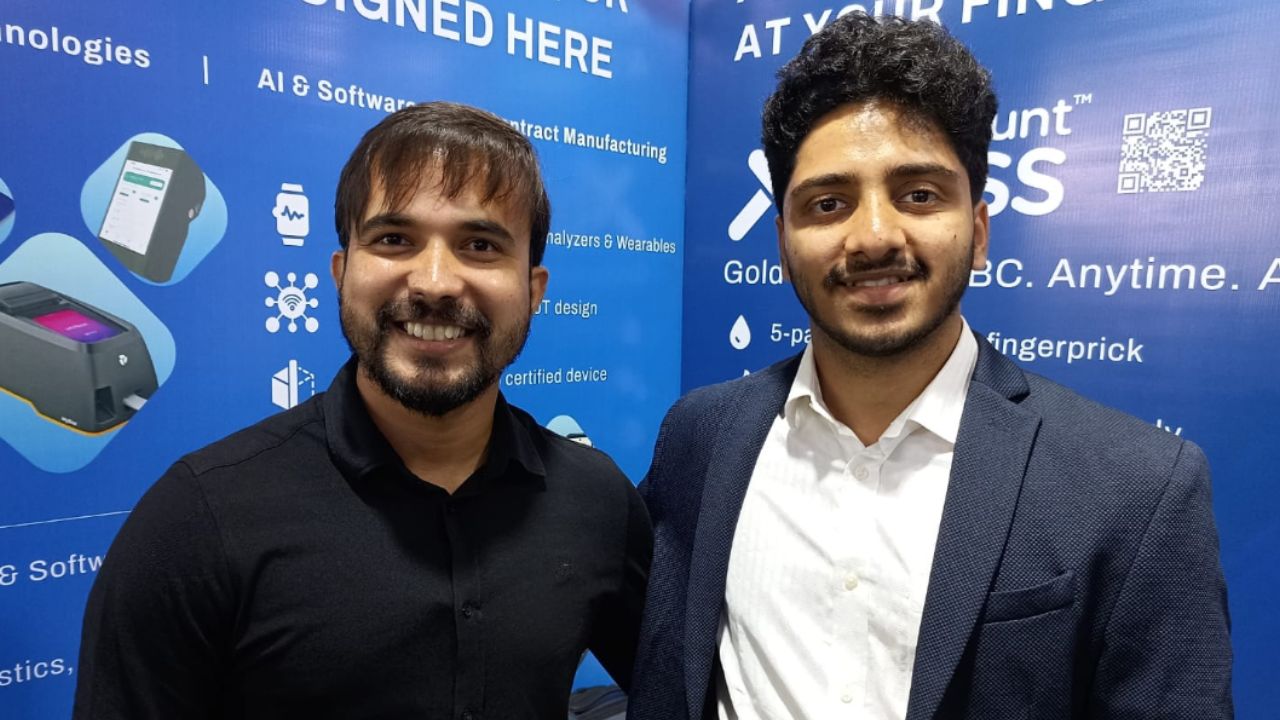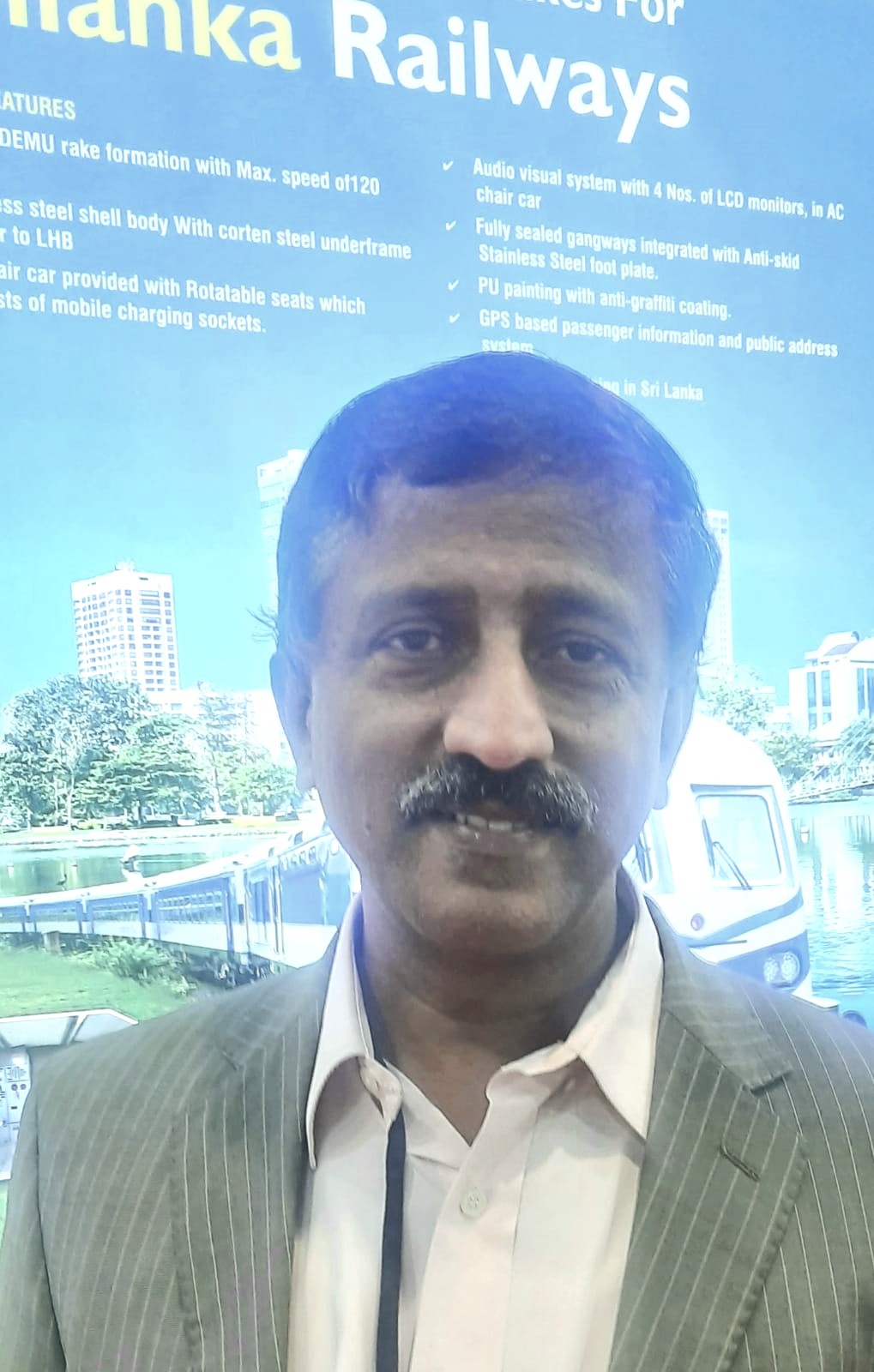The book CAG – Ensuring Accountability Amidst Controversies – An Inside View, published by White Falcon Publishing, offers a deep, unfiltered look into the Comptroller and Auditor General of India (CAG). More than a mere institutional analysis, it dissects the CAG’s critical role in upholding transparency and good governance.
Penned by P. Sesh Kumar, a seasoned expert with over three decades in the Indian Audit and Accounts Service, this book delivers a rare insider’s perspective. With precision and insight, Kumar challenges readers to move beyond media narratives and grasp the nuanced reality of public accountability. He reveals how the CAG safeguards audit integrity while navigating the evolving complexities of governance, oversight, and public trust.
Unlike conventional accounts, this book does not shy away from controversy. It scrutinizes common criticisms—lack of introspection, ineffective peer reviews, and deficiencies in initiatives like Voucher Level Computerization, Combined Finance and Revenue Account, and One IAAD One Audit. Through a balanced yet bold analysis, Kumar makes a compelling case for reforms, advocating for stronger internal controls, transparent peer reviews, and a shift toward a multi-member institutional framework.
What sets this book apart is its seamless blend of technical depth and engaging storytelling. Kumar deciphers complex auditing processes and exposes the contentious role of the CAG with surgical precision. His clinical approach, punctuated by candid anecdotes, makes this highly specialized subject accessible—even to readers unfamiliar with auditing.
By revisiting high-stakes audits, including the coal block allocation and 2G spectrum controversies of 2010-12, the book underscores a crucial dilemma: how can the CAG fulfil its mandate without stifling developmental priorities? It demystifies the institution’s role while fostering informed public discourse, offering a critical yet constructive blueprint for strengthening this pillar of Indian democracy.
In an exclusive conversation with The Interview World, P. Sesh Kumar unpacks the widespread misconceptions surrounding the CAG’s mandate. He explains how Supreme Court rulings have shaped the institution’s scope, details its independence in politically sensitive audits, and argues for essential reforms. He highlights the direct link between fixing accountability and improving audits while emphasizing the need for the CAG to stay relevant amid economic shifts and technological advancements. Most importantly, he underscores why aligning with international standards is imperative to enhance auditing practices.
Here are the key takeaways from this insightful discussion.
Q: The CAG’s role often sparks controversy. Do you believe the public and media truly understand its mandate, or is it often misrepresented?
A: The media and the public often misunderstand the CAG’s mandate. This gap stems from the CAG’s reluctance to seek publicity and the absence of a dedicated professional media wing. As a result, the media may misrepresent or selectively highlight findings that appear sensational. The public, in turn, picks up these narratives, further distorting the institution’s role. I have explored these issues in detail in the book.
Q: You discuss the complex relationship between the CAG and the judiciary. How have key Supreme Court judgments influenced the CAG’s scope and effectiveness?
A: The Hon’ble Supreme Court’s 2012 judgment broadened the CAG’s audit scope, elevating it from a mere accountant’s role to a performance auditor. However, in August 2024, the Court ruled that CAG’s reports are merely opinions and gain finality only after the PAC submits its recommendations to Parliament. This decision weakens the impact of CAG reports, diminishing their effectiveness in ensuring accountability.
Q: High-profile audits like the 2G spectrum and coal block allocation cases have placed the CAG in the political spotlight. How can the institution maintain its independence while handling politically sensitive audits?
A: The CAG has always audited sensitive subjects. In my book, I have highlighted eight to nine such instances. The real question is whether these audits are chosen sporadically, accidentally, or by design. Does the CAG hesitate to scrutinize major policies, programs, or schemes in a timely manner, or does it avoid them altogether? Under the Constitution and the CAG’s DPC Act, the institution enjoys absolute independence in determining the scope, extent, and methodology of audits. Ultimately, these decisions rest solely with the CAG and its senior leadership.
Q: Your book critiques the tension between the executive, Parliament, and the CAG. What reforms do you suggest to strengthen the CAG’s authority while maintaining institutional checks and balances?
A: A healthy degree of tension is essential. The first reform should involve petitioning the Supreme Court to review its August 2024 ruling, which weakened the impact of audits. Internally, the CAG must enhance its risk assessment framework and prioritize performance audits of large centrally sponsored schemes, particularly those with annual outlays of ₹10,000 crore or more. Currently, only 42% of CAG reports receive discussion or coverage by the PAC. To improve this, either the CAG must streamline its reports or the PAC must adopt innovative methods to expedite its review process, despite time and volume constraints. Additionally, audited entities must submit records and responses promptly. The CAG, in turn, should acknowledge and highlight positive contributions identified during audits, reinforcing accountability while fostering cooperation.
Q: You emphasize that accountability doesn’t end with the audit report but begins there. What mechanisms should be in place to ensure that audit findings lead to meaningful policy reforms?
A: CAG reports have driven significant policy reforms. The introduction of e-auctions for coal blocks, the auction of 5G spectrum, and improvements in defence procurement stand as key examples. However, the current accountability mechanism relies on the PAC, which lacks the capacity to review 50 to 70 CAG reports within a single year. To strengthen oversight, the system must introduce incentives for timely corrective action and disincentives for delays, ensuring executive departments and audited entities respond promptly and effectively.
Q: The lack of an effective “Action Taken” framework weakens audit oversight. What concrete steps should be implemented to ensure timely responses to audit recommendations?
A: As I mentioned earlier, offering compelling incentives for swift action that drives improvement—or imposing meaningful disincentives for delays—should be explored. The PAC lacks enforcement authority; it can only make recommendations.
Q: With the rise of digital transactions and AI-driven financial systems, how should the CAG adapt its auditing practices to stay relevant in an increasingly complex economic environment?
A: The CAG boasts highly skilled and technically proficient teams dedicated to conducting IT-based audits. For over a decade, it has led the INTOSAI IT Audit Subcommittee, reinforcing its global expertise. Now, it is actively refining its audit practices to meet the evolving challenges of AI-driven auditing. However, it must amplify its outreach, ensuring the public fully recognizes these efforts.
Q: The book critiques initiatives like Voucher Level Computerization (VLC) and One IAAD One Audit. What lessons can be learned from these shortcomings to improve future reforms?
A: VLC requires an urgent overhaul. Technologically obsolete, it no longer adds value, even to the CAG’s audit efforts. As an MIS tool, it has lost relevance for both itself and State Governments. A critical review and strategic revival are imperative. Meanwhile, OIOS remains a work in progress, driven by ambitious intent. However, as I argue in the book, a third-party assessment is essential—without it, OIOS risks becoming yet another failed experiment.
Q: Public trust in institutions like the CAG has faced erosion. What strategies can rebuild confidence in its role as an impartial watchdog?
A: Unfortunately, this is true. Many retired IAAS officers, along with several serving ones, have witnessed and endured this troubling reality. Their frustration and disappointment drove me to write this book. The period from 2017 to 2024 has been particularly challenging. To navigate these complexities, the senior leadership—comprising nine Deputy CAGs and 13 Additional Deputy CAGs—must adopt a cohesive and strategic approach. They must guide the CAG in delivering audits that meet professional expectations with transparency and effectiveness. Several critical Government of India schemes remain unaudited and demand immediate attention.
Q: How does the CAG compare with international counterparts, and what best practices can India adopt from global auditing?
A: A biennial peer review by a sister Supreme Audit Institution could serve as a strong starting point. Some may argue that external reviewers might misinterpret the domestic context, leading to an inaccurate assessment. However, this argument holds little weight. Transparency is a necessity, not a choice. Currently, insights from internal peer reviews remain undisclosed and absent from the CAG’s website. To align with global best practices, the CAG must recognize and highlight positive efforts by audited entities while providing actionable recommendations. Additionally, continuous training and skill enhancement are crucial for its personnel to stay competitive with international counterparts.









